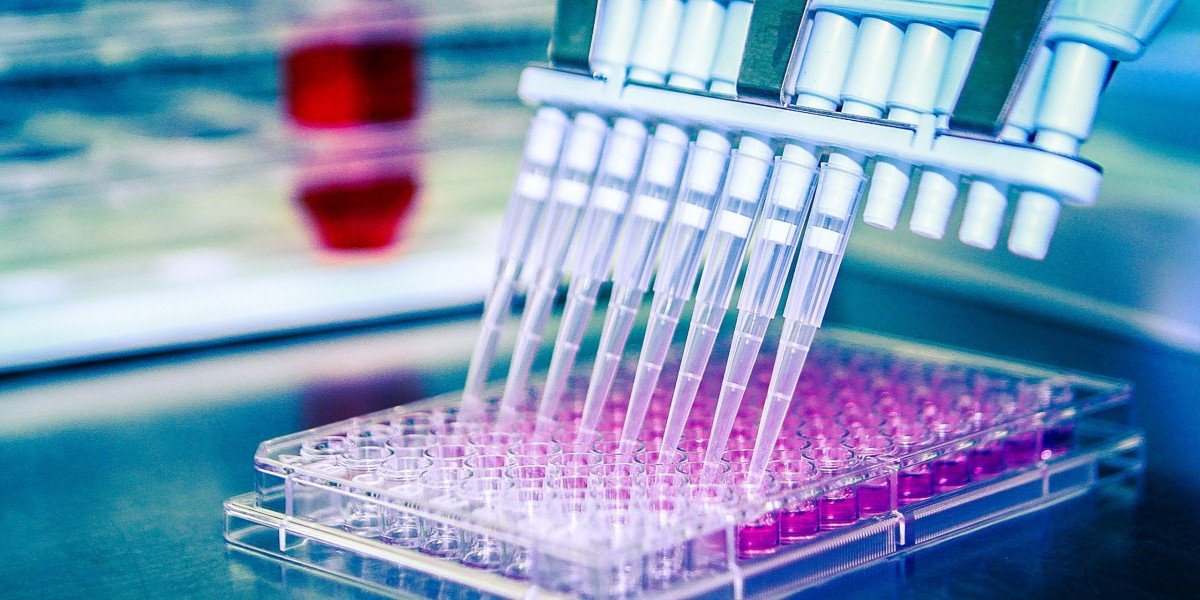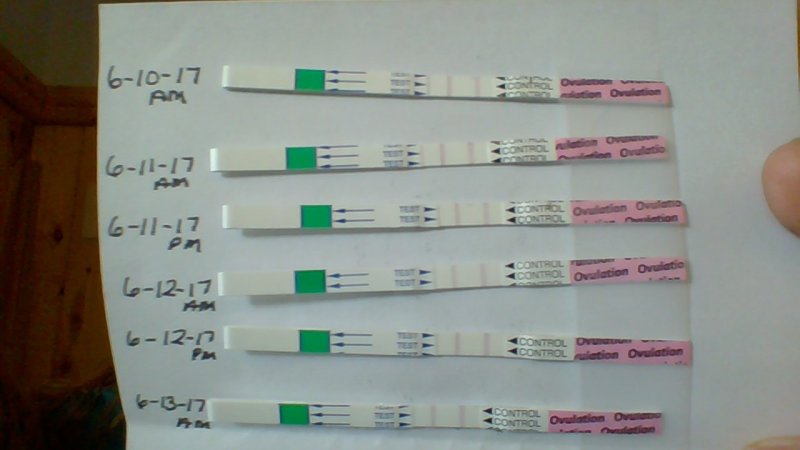

What is infertility?
Infertility means a couple is not able to become pregnant after 1 year of having regular, unprotected sex. Infertility affects both women and men. A woman is considered infertile if she has tried for 1 year to get pregnant and hasn't used birth control. A man is considered infertile if he has too few sperm or his sperm are too unhealthy to combine with a woman's egg. Many couples do not have trouble becoming pregnant. But there are factors that can make it difficult for some.
Symptoms of infertility
The main symptom of infertility is not being able to get pregnant. There may be no other symptoms. For women, if there are symptoms, they are usually related to the cause of infertility. Certain factors may interfere with getting pregnant. However, these factors do not guarantee you will be infertile. For women, those factors can include:
. Painful or irregular periods (menstrual cycle)
. Age (older than 35)
. Endometriosis or pelvic inflammatory disease (diseases of a woman's reproductive organs)
. Cancer treatment
For men, factors include:
. Infections
. A low sperm count (a higher count increases the chance the sperm and egg will meet)
. Problems with your male reproductive organs (such as undescended testicles, enlarged prostate, and varicoceles, or enlarged veins in the skin that surround a man's testicles)
. Cancer treatment
Your doctor may recommend you be tested for infertility if any of these factors are concerns.
How is infertility diagnosed?
Tests for men :

Male fertility requires that the testicles produce enough healthy sperm, and that the sperm is ejaculated effectively into the vagina and travels to the egg. Tests for male infertility attempt to determine whether any of these processes are impaired.
You may have a general physical exam, including examination of your genitals. Specific fertility tests may include:
. Semen analysis :
Your doctor may ask for one or more semen specimens. Semen is generally obtained by masturbating or by interrupting intercourse and ejaculating your semen into a clean container. A lab analyzes your semen specimen. In some cases, urine may be tested for the presence of sperm.
. Hormone testing :
You may have a blood test to determine your level of testosterone and other male hormones.
. Genetic testing :
Genetic testing may be done to determine whether there's a genetic defect causing infertility.
. Testicular biopsy :
In select cases, a testicular biopsy may be performed to identify abnormalities contributing to infertility or to retrieve sperm for assisted reproductive techniques, such as IVF.
. Imaging :
In certain situations, imaging studies such as a brain MRI, transrectal or scrotal ultrasound, or a test of the vas deferens (vasography) may be performed.
. Other specialty testing :
In rare cases, other tests to evaluate the quality of the sperm may be performed, such as evaluating a semen specimen for DNA abnormalities.
Tests for women :

You may have a general physical exam, including a regular gynecological exam. Specific fertility tests may include:
. Ovulation testing :
A blood test measures hormone levels to determine whether you're ovulating.
. Hysterosalpingography :
Hysterosalpingography (his-tur-o-sal-ping-GOG-ruh-fee) evaluates the condition of your uterus and fallopian tubes and looks for blockages or other problems. X-ray contrast is injected into your uterus, and an X-ray is taken to determine if the cavity is normal and to see if the fluid spills out of your fallopian tubes.
. Ovarian reserve testing :
This testing helps determine the quantity of the eggs available for ovulation. This approach often begins with hormone testing early in the menstrual cycle.
. Other hormone testing :
Other hormone tests check levels of ovulatory hormones, as well as pituitary hormones that control reproductive processes.
. Imaging tests :
Pelvic ultrasound looks for uterine or ovarian disease. Sometimes a sonohysterogram, also called a saline infusion sonogram, is used to see details inside the uterus that are not seen on a regular ultrasound.
. Hysteroscopy :
Depending on your symptoms, your doctor may request a hysteroscopy to look for uterine disease. During the procedure, your doctor inserts a thin, lighted device through your cervix into your uterus to view any potential abnormalities.
. Laparoscopy :
This minimally invasive surgery involves making a small incision beneath your navel and inserting a thin viewing device to examine your fallopian tubes, ovaries and uterus. A laparoscopy may identify endometriosis, scarring, blockages or irregularities of the fallopian tubes, and problems with the ovaries and uterus.
What Are the Treatments for Infertility?

In men, fertility is treated with:
. Surgery, if the cause is a varicoele (widening of the veins in the scrotum) or a blockage in the vas deferens, tubes that carry sperm.
. Antibiotics to treat infections in the reproductive organs.
. Medications and counseling to treat problems with erections or ejaculation.
. Hormone treatments if the problem is a low or high level of certain hormones.

In women, fertility is treated with:
. Fertility drugs and hormones to help the woman ovulate or restore levels of hormones
. Surgery to remove tissue that is blocking fertility (such as endometriosis) or to open blocked fallopian tubes
. IUI (intrauterine insemination): Sperm is collected and the placed directly inside the woman's uterus while she is ovulating.
. IVF (in vitro fertilization): The sperm and egg are collected and brought together in a lab. The fertilized egg grows for 3 to 5 days. Then the embryo is placed in the woman's uterus.